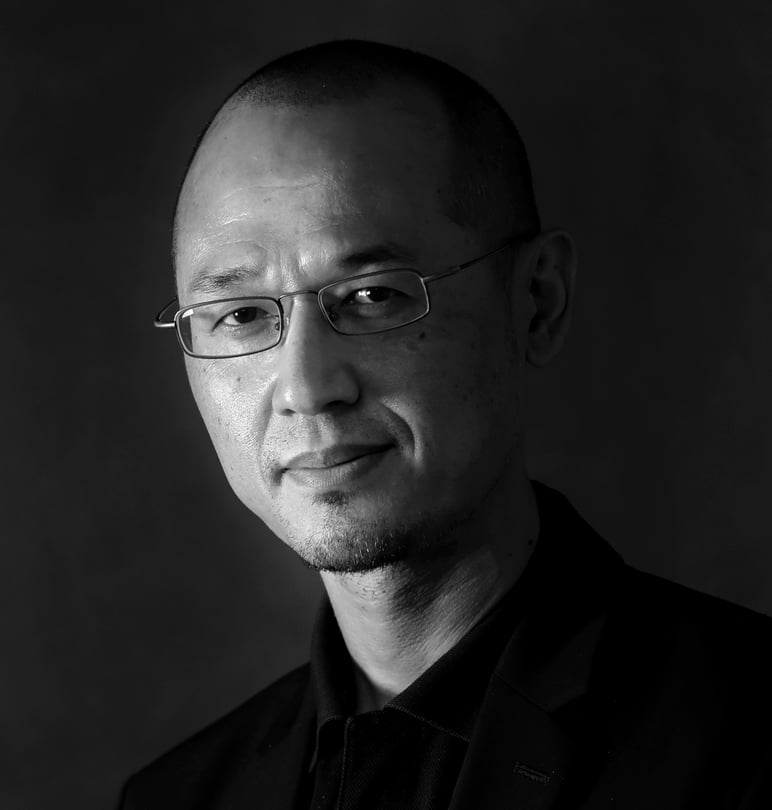
A tale of CIA-trained Tibetan guerillas who ‘gave as good as they got’ in their invisible war with the Chinese army
Yonden Lhatoo's encounter with former Tibetan guerillas living in Darjeeling brings to life the story of their doomed struggle against the PLA
I have always been fascinated by the story of the Tibetan guerillas who, with the help of the CIA, stayed behind to fight the Chinese army while the Dalai Lama fled Tibet in 1959.
It’s a well-documented but little-known tale about the feared Khampas of eastern Tibet. As a rag-tag coalition of horse-mounted bandits, traders, herdsmen and monks, they fought a disorganised and doomed hit-and-run war that continued for nearly two decades after the People’s Liberation Army first marched into Lhasa in 1951.
So I couldn’t believe my luck when I discovered during my recent holiday in the Himalayan town of Darjeeling that a few of those old resistance fighters were still around. I met two in their family home, brothers who fought, lost and eventually fled across the border to India, where they settled, worked hard and prospered, like so many other Tibetan refugees.

The elder brother was a Buddhist monk who was directly involved in the bloody revolt at the ancient Litang monastery in 1956. Thousands of monks and villagers had taken shelter there when the PLA bombed the monastery.
While that might conjure images of a one-sided massacre, Datha recalled that it was more like “we gave as good as we got”.
He remembered heavy casualties on both sides and a nearby river turning red with blood.

The Dalai Lama’s elder brother, Gyalo Thondup, who was on the payroll of the CIA, had made arrangements with the Americans to help organise a guerilla campaign against the PLA. This involved training and arming young Tibetans at secret camps in the US, parachuting them into Tibet and supplying them with air-dropped weapons and equipment.

Their leader was Gompo Tashi Andrugtsang, a Tibetan trader known for drinking as hard as he fought. It was his picture I saw hanging on the brothers’ wall in their Darjeeling home, not the quintessential photo of the Dalai Lama you would expect.

But there are stories of unbelievable tragedy, shocking violence and incredible suffering that the guerilla fighters and their families left behind.
The two old warriors were philosophical about it. They didn’t mention Tibetan independence. They were caught up in circumstances beyond their control, and as young men with a tradition of loyalty and fierceness, they did what they felt they had to do, they said.
There’s an interesting twist to their tale. One of their children now lives in Hong Kong, having married and settled down here many years ago; naturalised as a Chinese citizen, like me, I would imagine. Life goes on.

